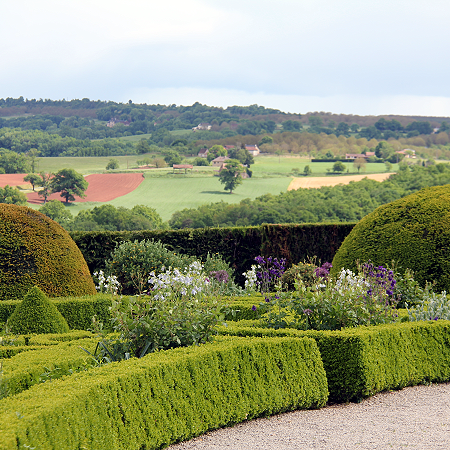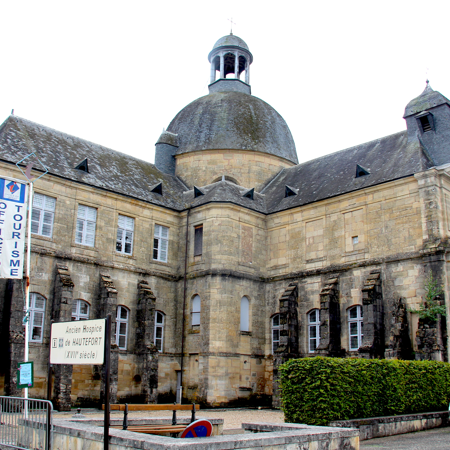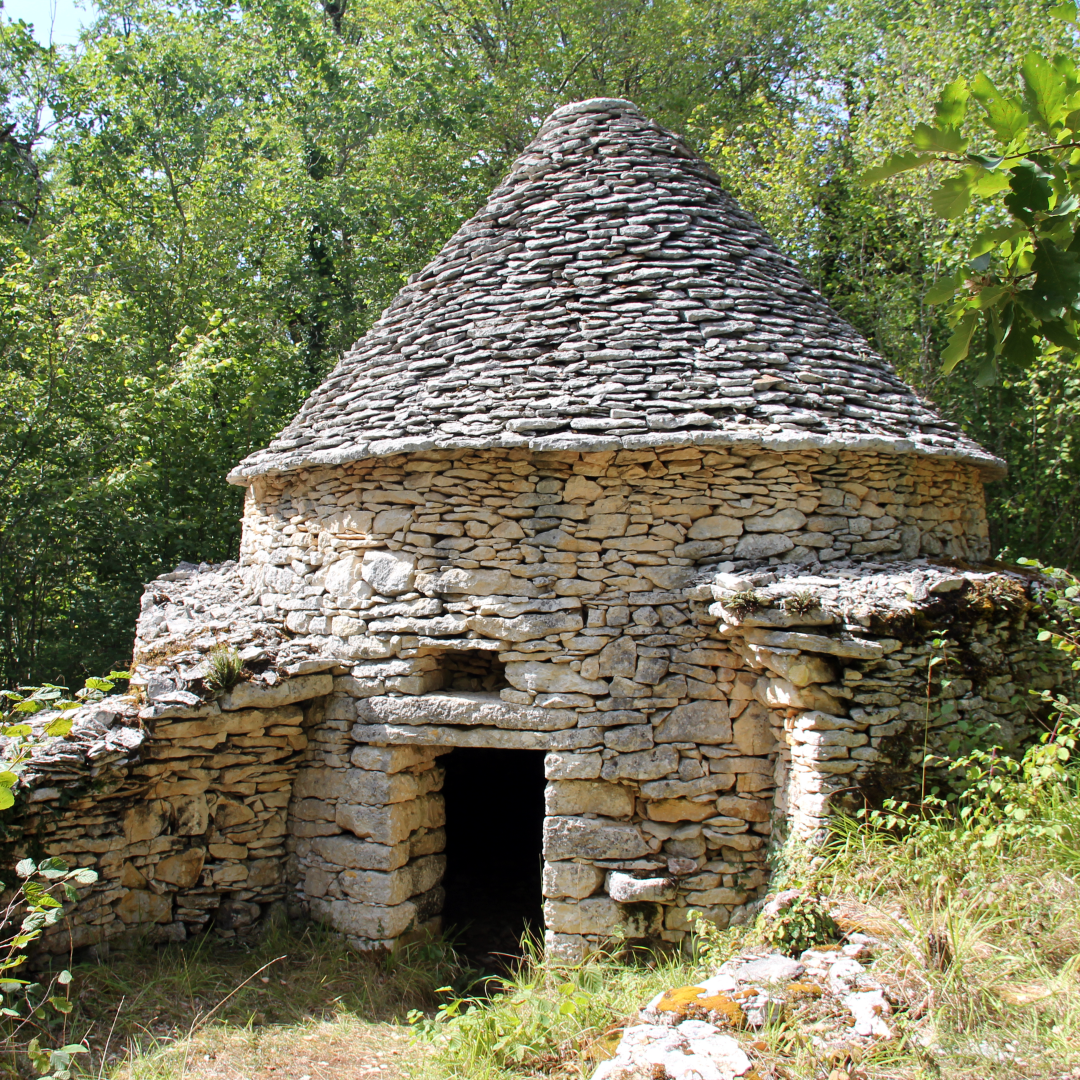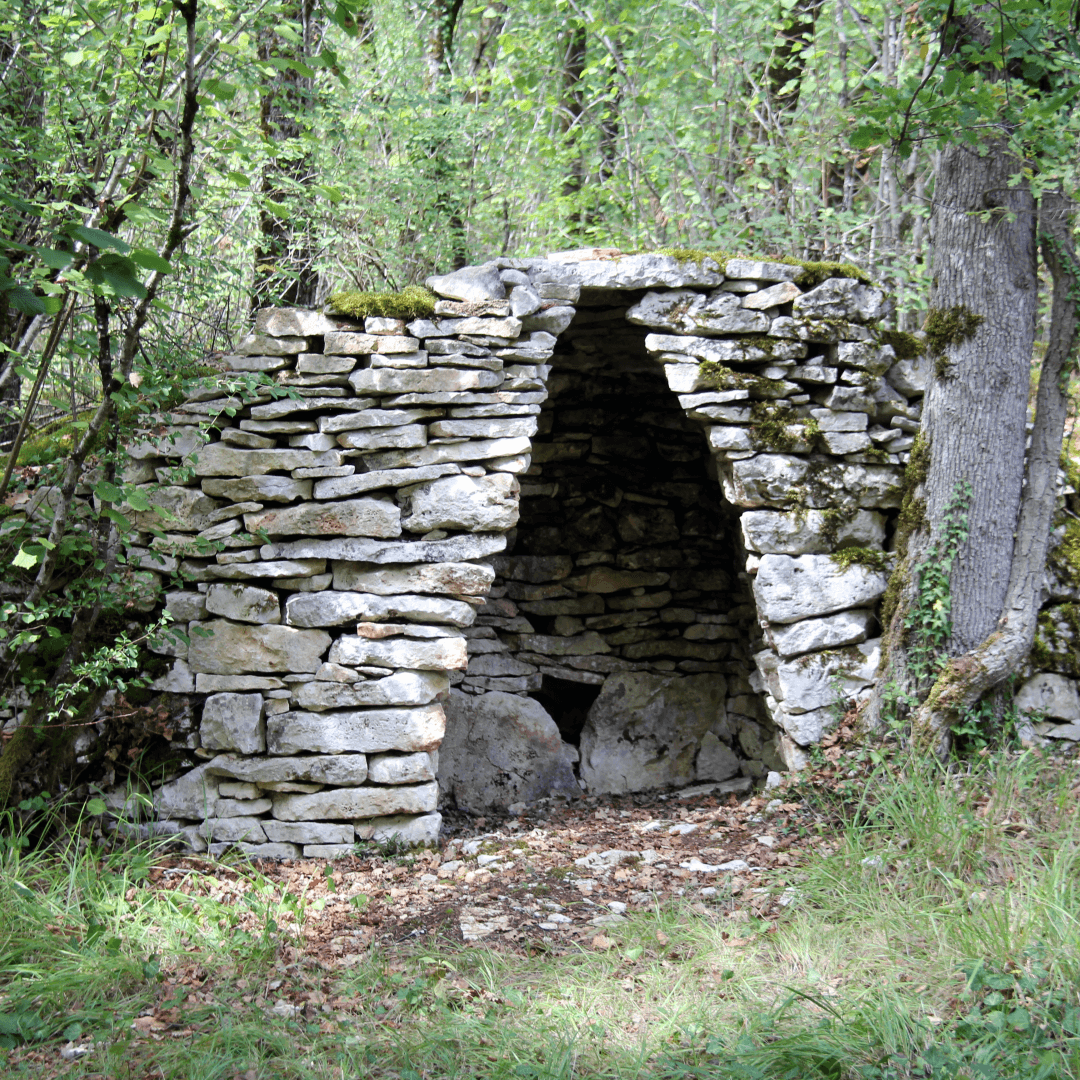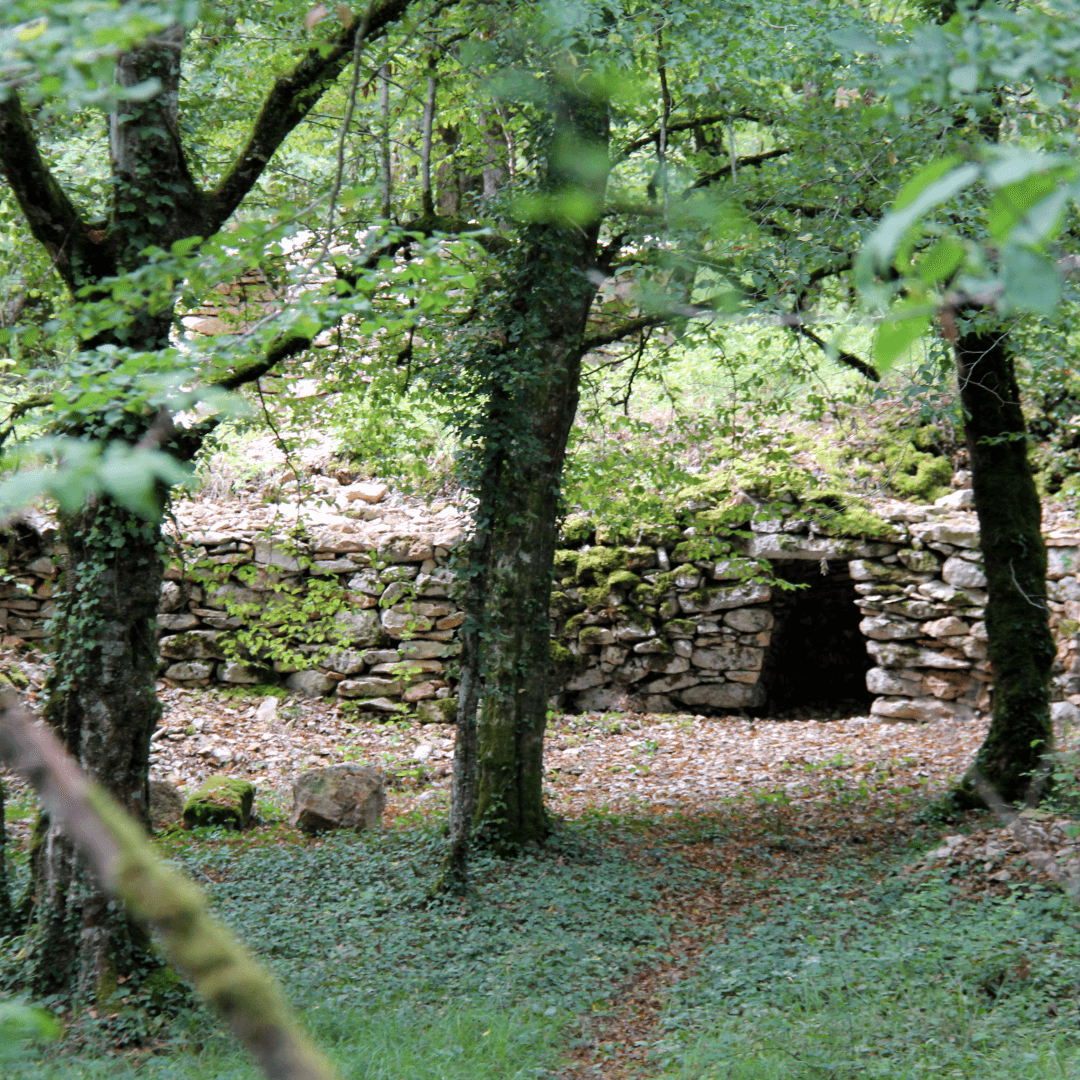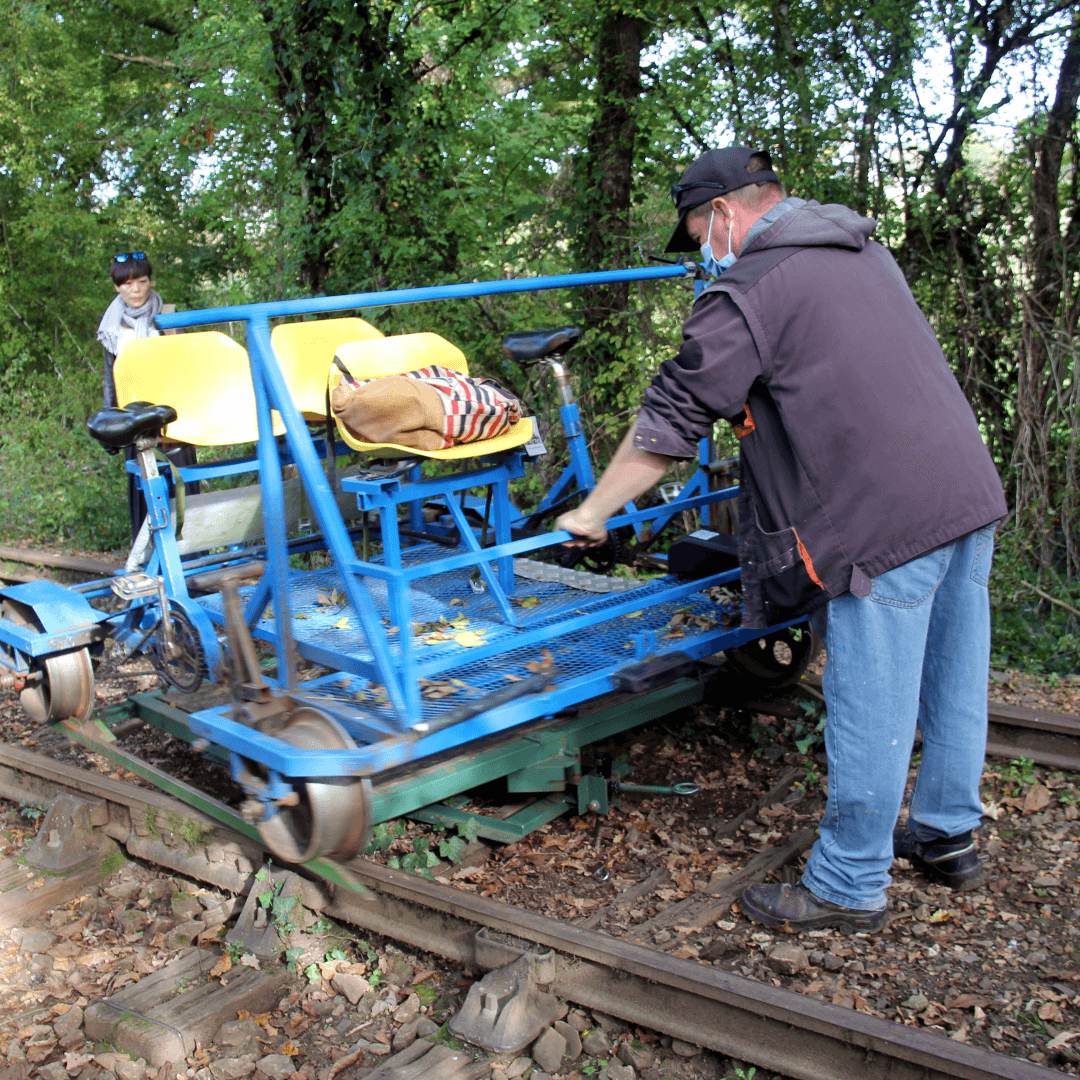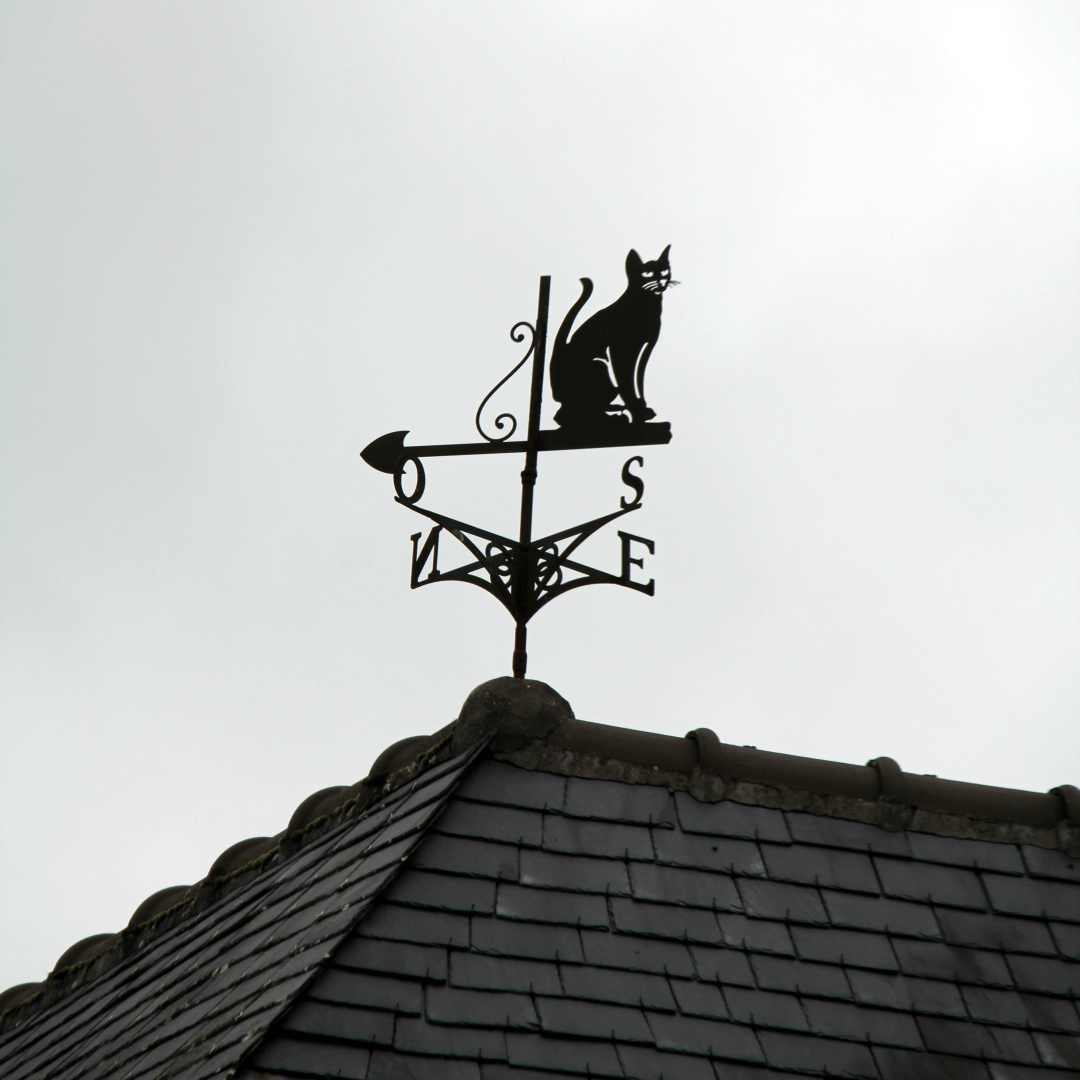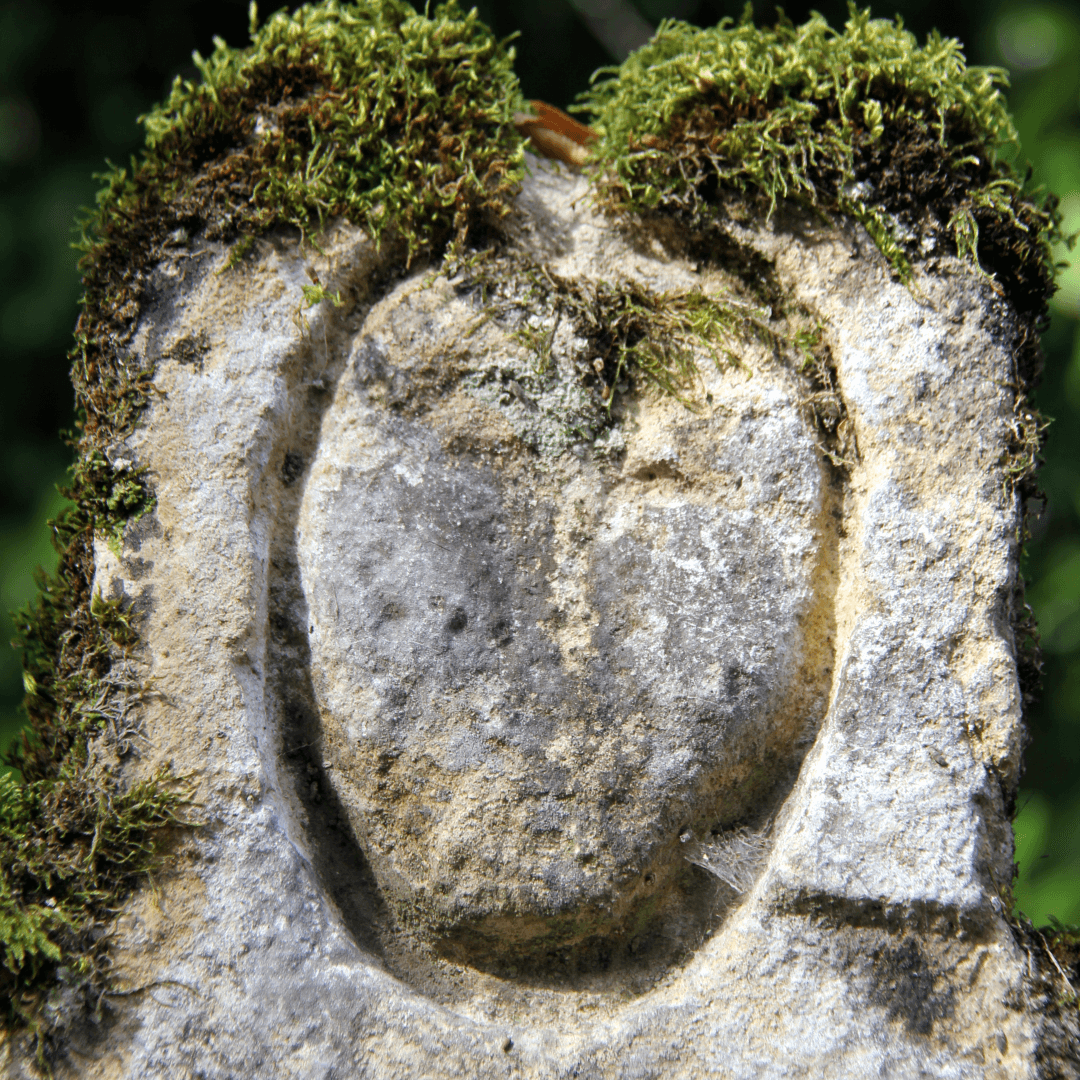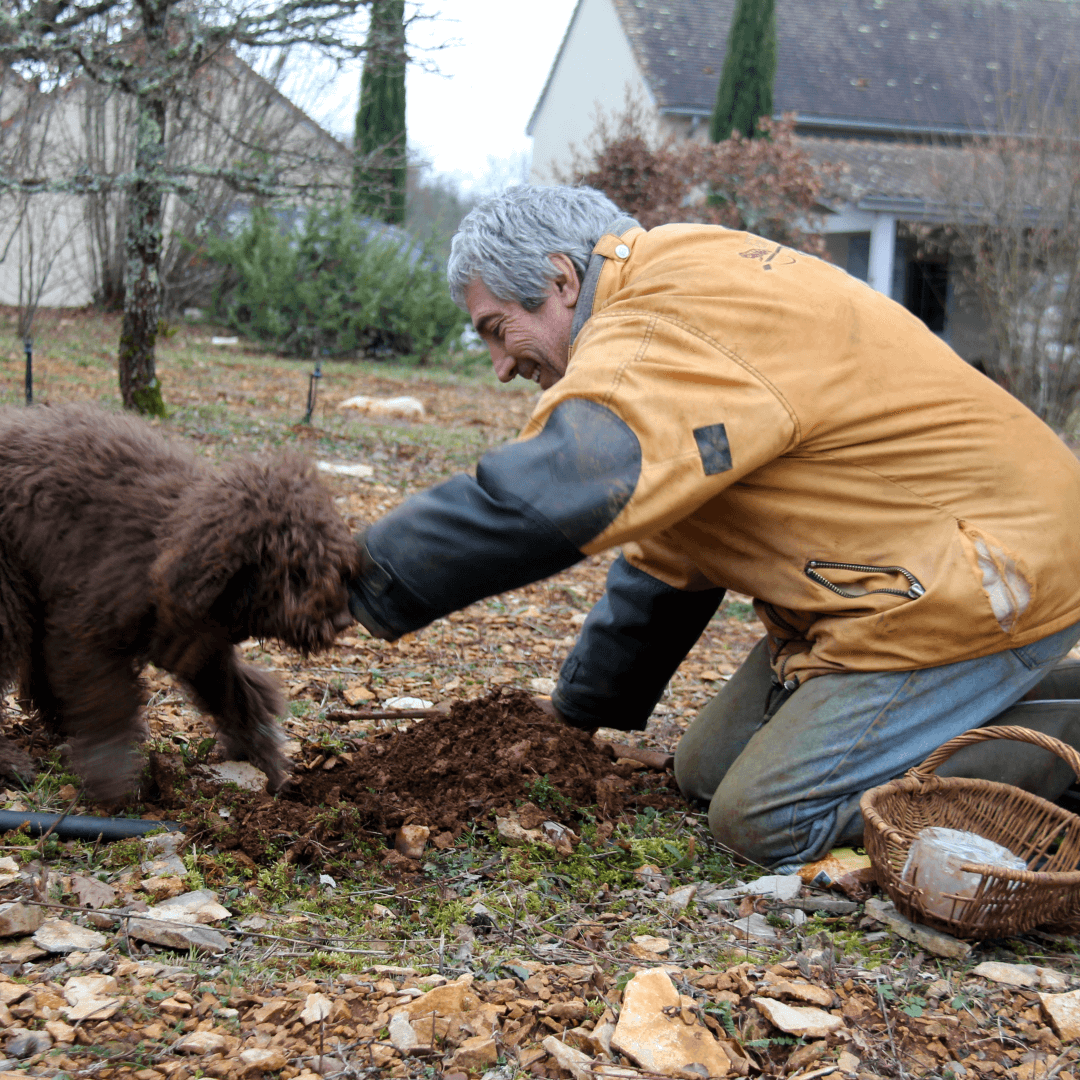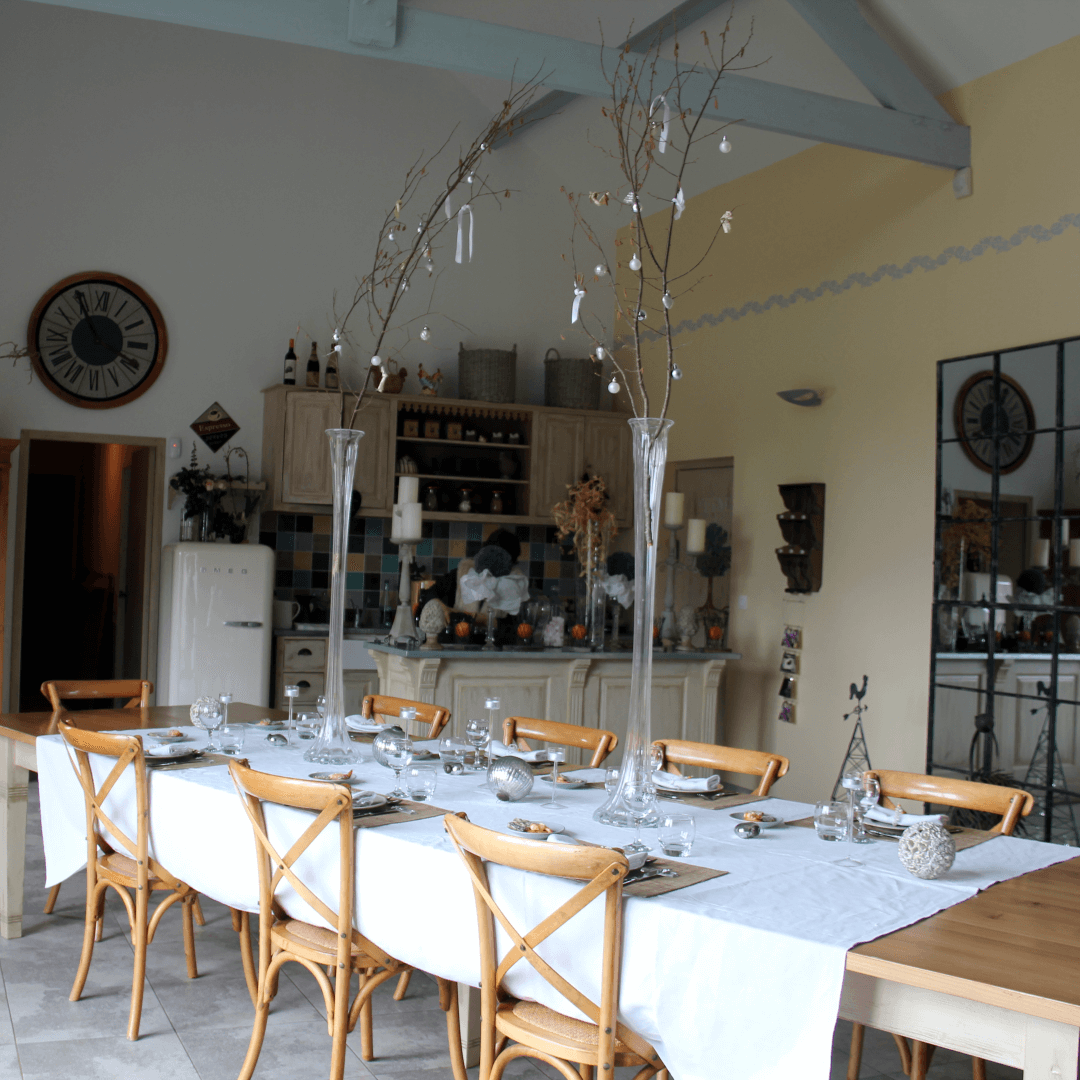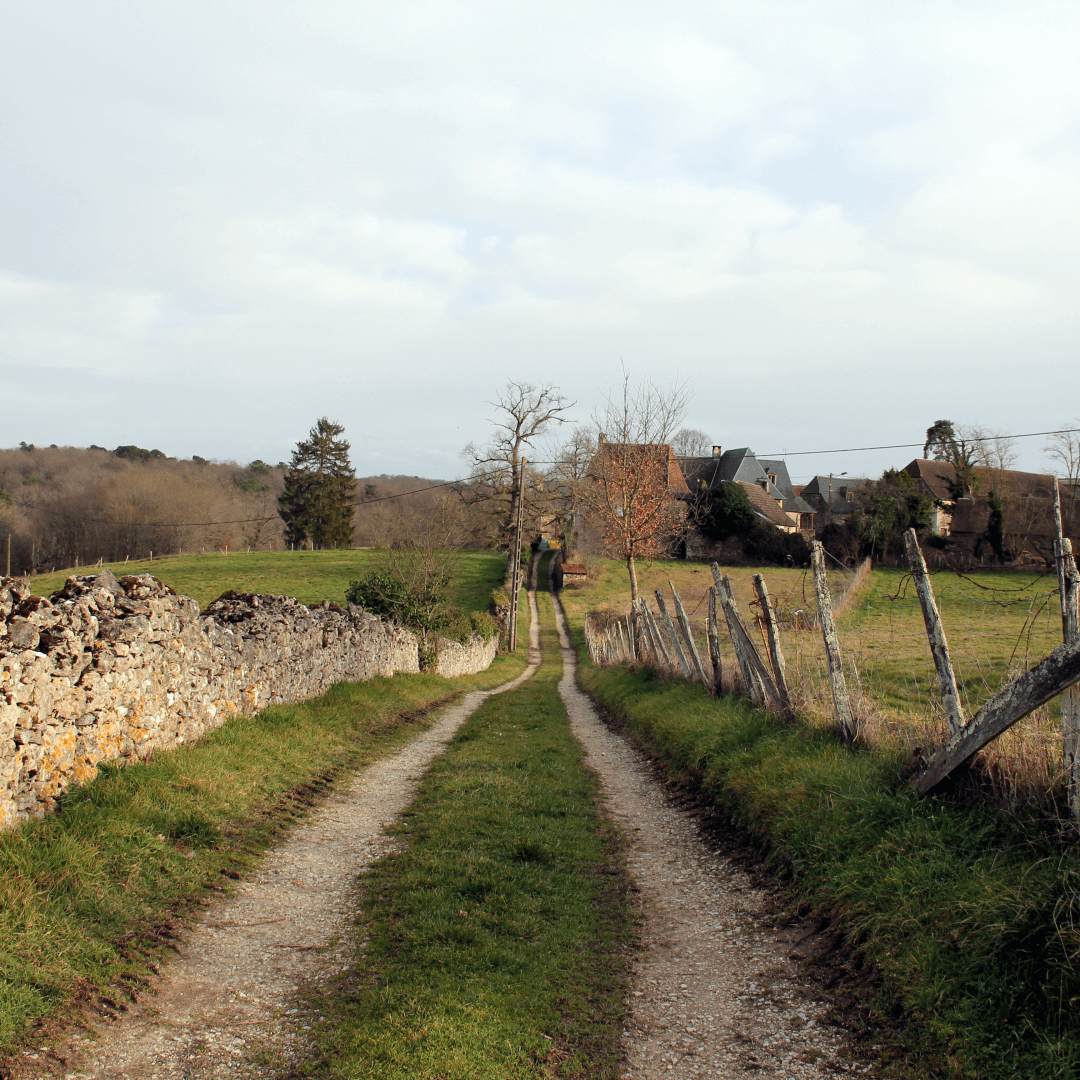The Auvézère
This area to the north-west of Terrasson is the land of writer Eugène Le Roy. Born at the castle of Hautefort, where is father was the ‘intendant et valet du baron de Damas’. The area is the setting of a number of his novels; Nicette et Milou (1901), Au pays des pierres (1906), and the posthumously published cheeky La Damnation de Saint-Guynefort (1935). His best known and most influencial novel Jacquou le Croquant (1900) is set in the Forêt de Barade on the south-western borders of this area, that is covered on the Périgord Noir page.






Le Pays d’Ans
At the confluence with the small stream of the Blâme we find the Forge d’Ans, it is the start of the Route des Canons as well as the Pays d’Ans. Dating back to the 10th century when the Châtellenie of Ans was established under the Vicomté de Limoges. In the 13th century a castle was constructed in Ans close to today’s La Boissière-d'Ans (Ans being a pre-gallacian term meaning river). In 1346 the Ans castle was captured and recaptured by the 'English', then destroyed in 1370.
 In 1440 the Count of Périgord bought the land of Ans, the 16th century a castle was constructed next to the Forge d'Ans. In 1607, it came under the french crown. During the 17th century the foundries of the Pays d'Ans developed into one of the most important forges in Périgord, producing cannons for the navy on behalf of the state. Today the map is littered with toponyms ‘Ans’ : Sainte-Eulalie-d'Ans, La Boissière-d'Ans, Saint-Pardoux-d'Ans, Badefols-d'Ans, Granges-d'Ans mere hints from an illustrious past.
In 1440 the Count of Périgord bought the land of Ans, the 16th century a castle was constructed next to the Forge d'Ans. In 1607, it came under the french crown. During the 17th century the foundries of the Pays d'Ans developed into one of the most important forges in Périgord, producing cannons for the navy on behalf of the state. Today the map is littered with toponyms ‘Ans’ : Sainte-Eulalie-d'Ans, La Boissière-d'Ans, Saint-Pardoux-d'Ans, Badefols-d'Ans, Granges-d'Ans mere hints from an illustrious past.



